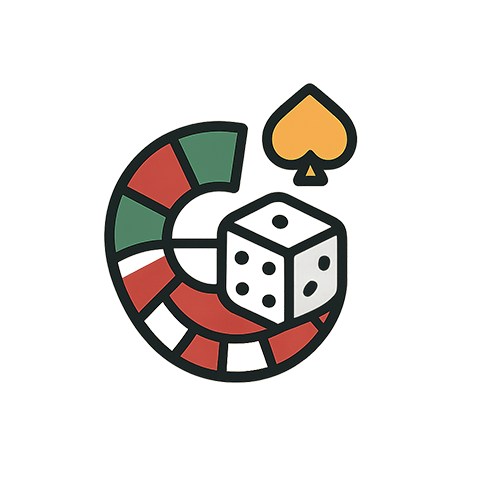Bankroll management is a pivotal aspect of poker that often gets overshadowed by the thrill of play and the allure of big wins. However, understanding how to properly spread your bets can make the difference between enjoying the game and facing the dreaded consequences of financial mismanagement. When it comes to gambling, players must recognize that every decision made at the table has the potential to impact their overall bankroll significantly.
When you think about poker, it’s not merely a game of cards; it’s a calculated strategy filled with highs and lows. One of the most essential strategies in mastering poker involves how you spread your bets across different sessions and games. The ethos behind this skill is deeply rooted in protecting your bankroll while ensuring enough “buy-in” across various situations to cover potential losses after bad beats. Without a proper plan, a few losing hands can easily wipe out your entire bankroll, leaving sorrow in its wake.
To effectively spread your bets, begin by determining the total amount you are willing to invest in your poker endeavors. This should be an amount that you can afford to lose without impacting your daily living expenses. Once you’ve set your limit, break it down into smaller units that you can wager across multiple games or sessions. For instance, if you have $1,000 and plan to play in cash games, consider splitting it into 20 buy-ins of $50 each. This strategy allows you to absorb losses without going broke after just a few bad runs.
Beyond the structural division of your bankroll, it’s crucial to apply emotional discipline when you play. The thrill from the cards and the intoxicating atmosphere of the casino can easily tempt players to deviate from their established strategy. In moments of excitement or frustration, some players might feel inclined to spread their bets more widely in hopes of hitting a big win when they are behind. This sort of reckless gambling often proves detrimental and can lead to rapid depletion of funds. Rather, by sticking to your predetermined bet sizes, you maintain control over your financial situation and give yourself a greater chance to recover over time.
Adjusting your betting strategies according to the dynamics of the table is also important. If you notice that your opponents are tighter and less aggressive, it may allow you to take calculated risks in spreading your bets wider. Conversely, if the table is loose and aggressive, a tighter approach is advisable. Such adaptability is key to ensuring that your bankroll can sustain itself amidst the ever-changing landscape of poker play. Remember, the aim is to build a sustainable approach to betting rather than chasing fleeting victories.
Incorporating a spread strategy also includes recognizing when to step away from the table. If you’re on a losing streak, sticking around to “get even” can lead to hasty decisions that further decimate your bankroll. It’s often more prudent to take a break, reassess your strategy, and come back to the game with a fresh perspective. This self-awareness helps not only in maintaining your bankroll but also in developing a healthier relationship with the game itself, which can ultimately lead to more successful sessions in the long run.
In summary, mastering bankroll management in poker requires a well-thought-out approach to how you spread your bets. By setting limits, exercising discipline, adapting to table dynamics, and knowing when to step away, you can ensure that your poker experience remains enjoyable and financially viable. With a focus on these strategies, gambling can transform from a risky venture into an exciting and potentially profitable pastime.




